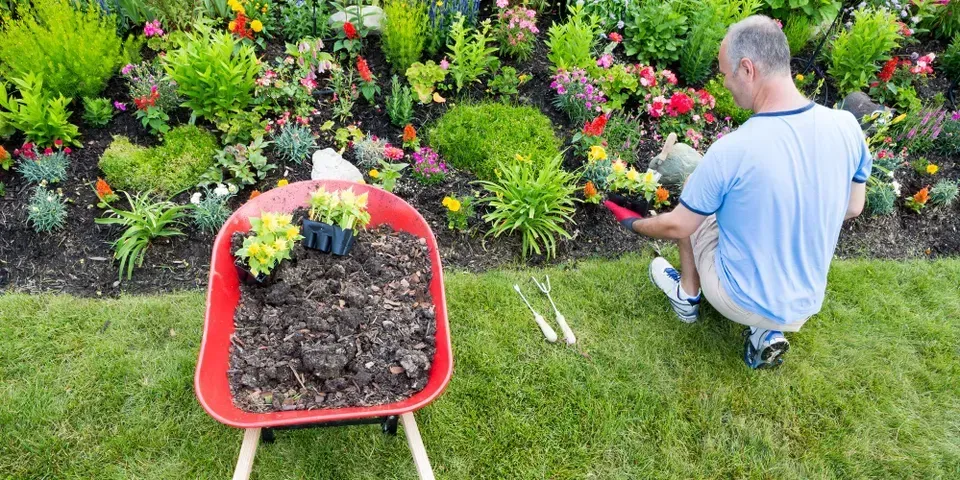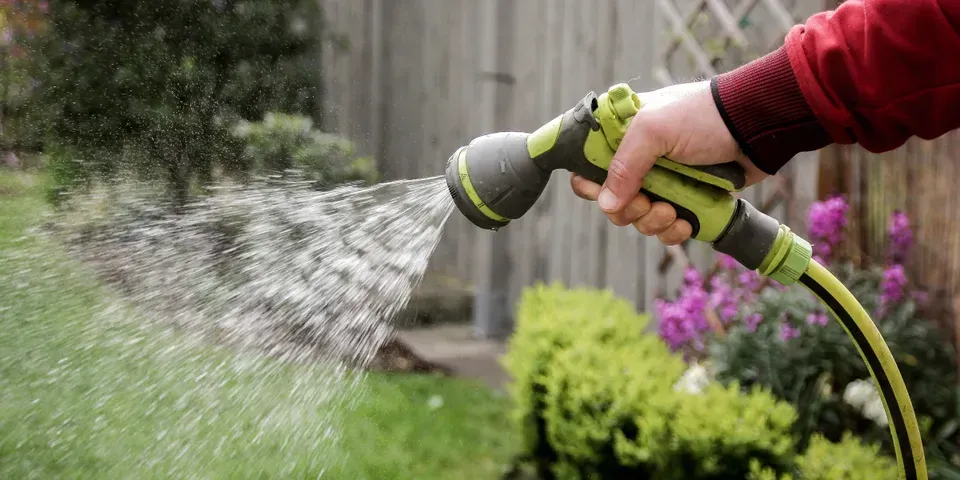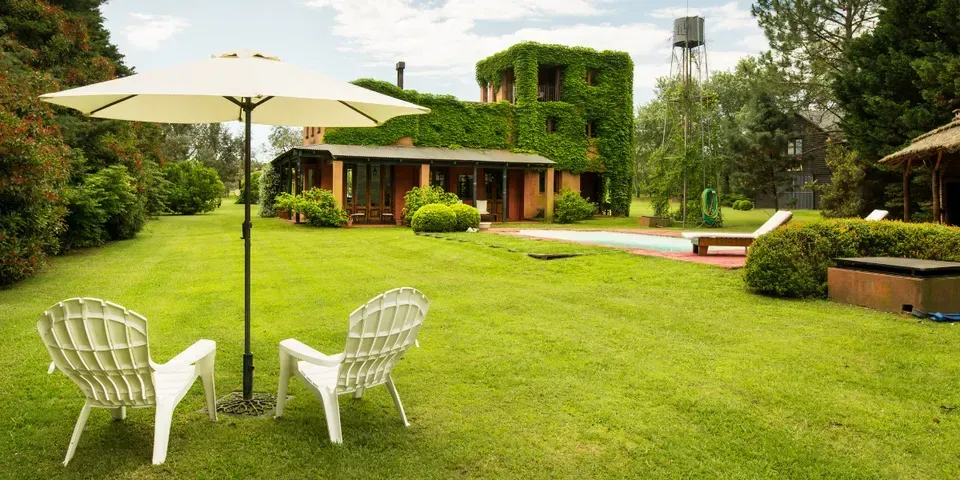3 Essential Steps for Planting a Flower Bed

Flower beds can be an excellent addition to your garden, sparking visual interest with their varied colors and textures. While building one from the ground up entails work, it isn’t as challenging as most people assume. With a bit of planning, preparing, and most of the time, getting your hands dirty, you can perfect this landscaping task. Below are a few tips to get you started.

How to Plant a Beautiful Flower Bed
1. Have a Design in Mind
Start by choosing a color palette that complements and enhances your yard’s landscaping — stick to similar hues and shades. Refrain from going overly monochromatic if you’re going for texture; instead, look for complementary colors and try to work around them.
Factor in the flower bed’s location and amount of sunlight it gets — warm colors like yellow, red, and orange look vibrant in bright, sunny spots, but sprinkle in a bit of blue and violet to keep it from looking boring. Aside from the flowers, consider the foliage’s hues, as well, to add contrast. For instance, the yellow tones of golden moneyworts mix well with the purple blooms of irises.
2. Pick & Prepare a Site
After choosing a site — at the corner of your landscape, near the patio, or by the front walkway — it’s time to dig or prepare the bed. If there’s grass on your future flower bed, you can either dig to remove the turf or cover the spot with newspaper to build a raised bed. If you opt for a raised flower bed, be sure to add compost or organic matter to make the soil more fertile.
To prevent weeds from taking over your bed, install barriers made from woven fabric instead of plastic sheets. Lay the mulch on top to keep the weed barrier in place, then cut slits in the fabric so you can put the plants in afterward.
3. Start Planting
Once the site is prepped and ready, it’s time to begin planting. The goal is to create ‘layers’ when flowers bloom. Start with low-growing plants at the front, such as blue fescue grass or Angelina stonecrop, a drought-tolerant perennial. Sweet alyssum and impatiens are low-growing annuals that make perfect bed borders.
In the middle row, place a mixture of shrubs that are of medium height like zinnias, salvia, speedwell, snapdragons, and marigolds to bring in color to your landscaping. Cascading blooms like bacopa, calibrachoa, and ivy geranium have their place in the center as well. At the back, place tall plants like sunflowers, irises, hollyhocks, King’s Gold cypress, and euonymus shrubs.
Spruce up your garden this spring with a new flower bed and a bit of help from Buzz Landscaping. As the premier landscaping contractor in Faulkner County, AR, they provide a full range of landscape and lawn maintenance services, including the installation of water features and sprinkler systems. Call (501) 730-4515 to plan your dream outdoor space or visit their website to learn more about their services.




